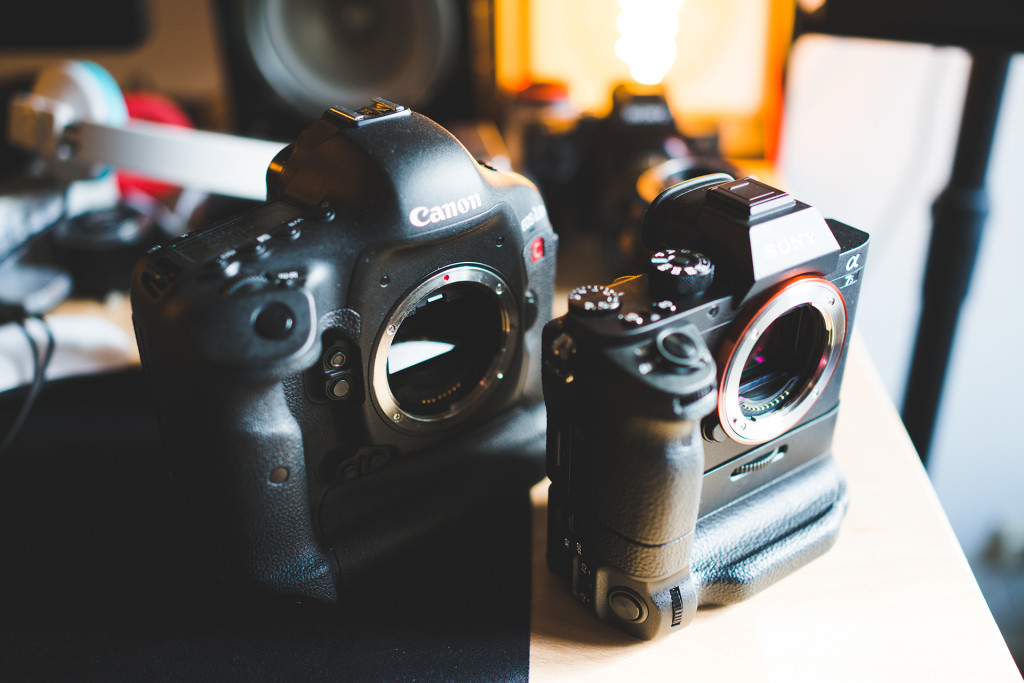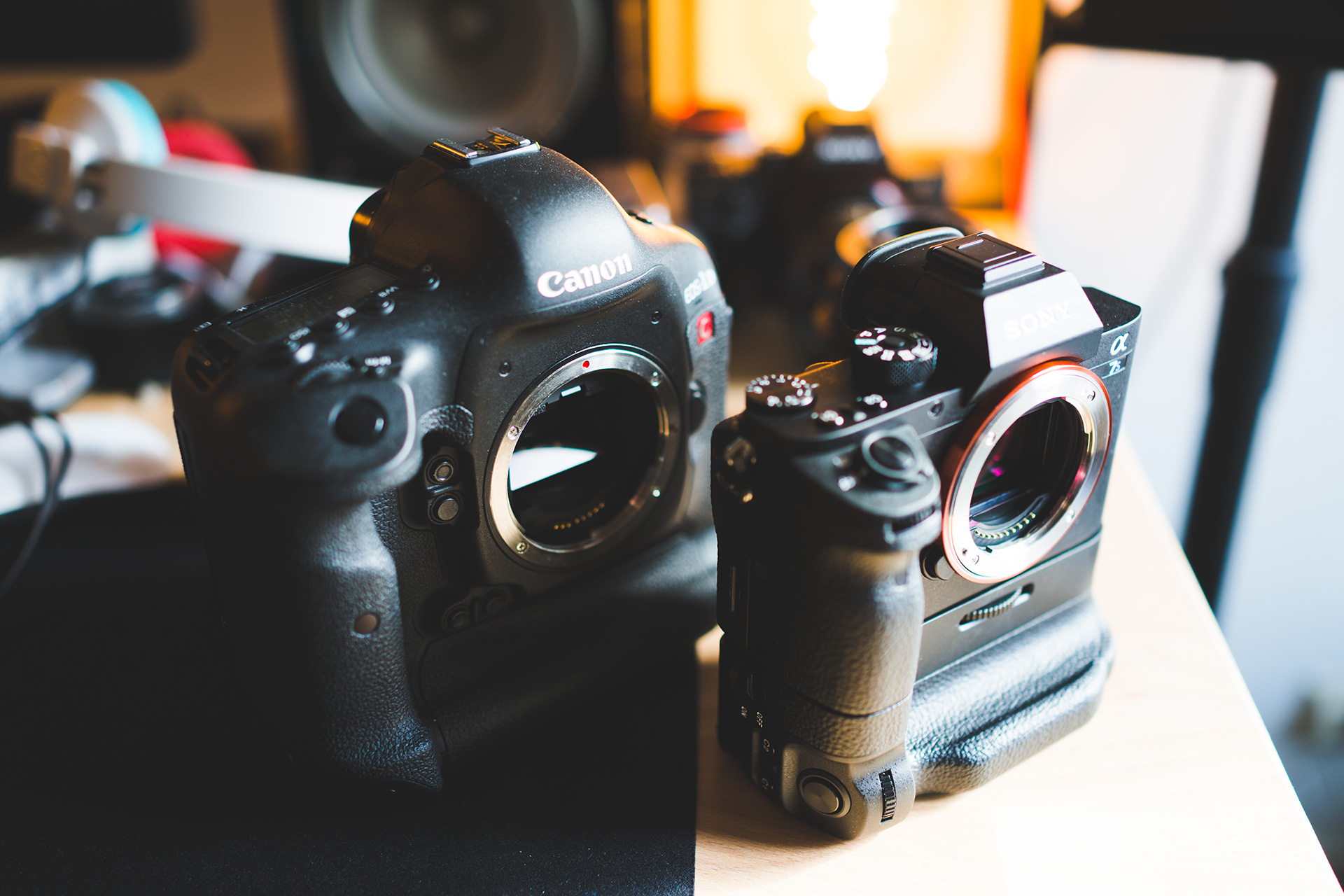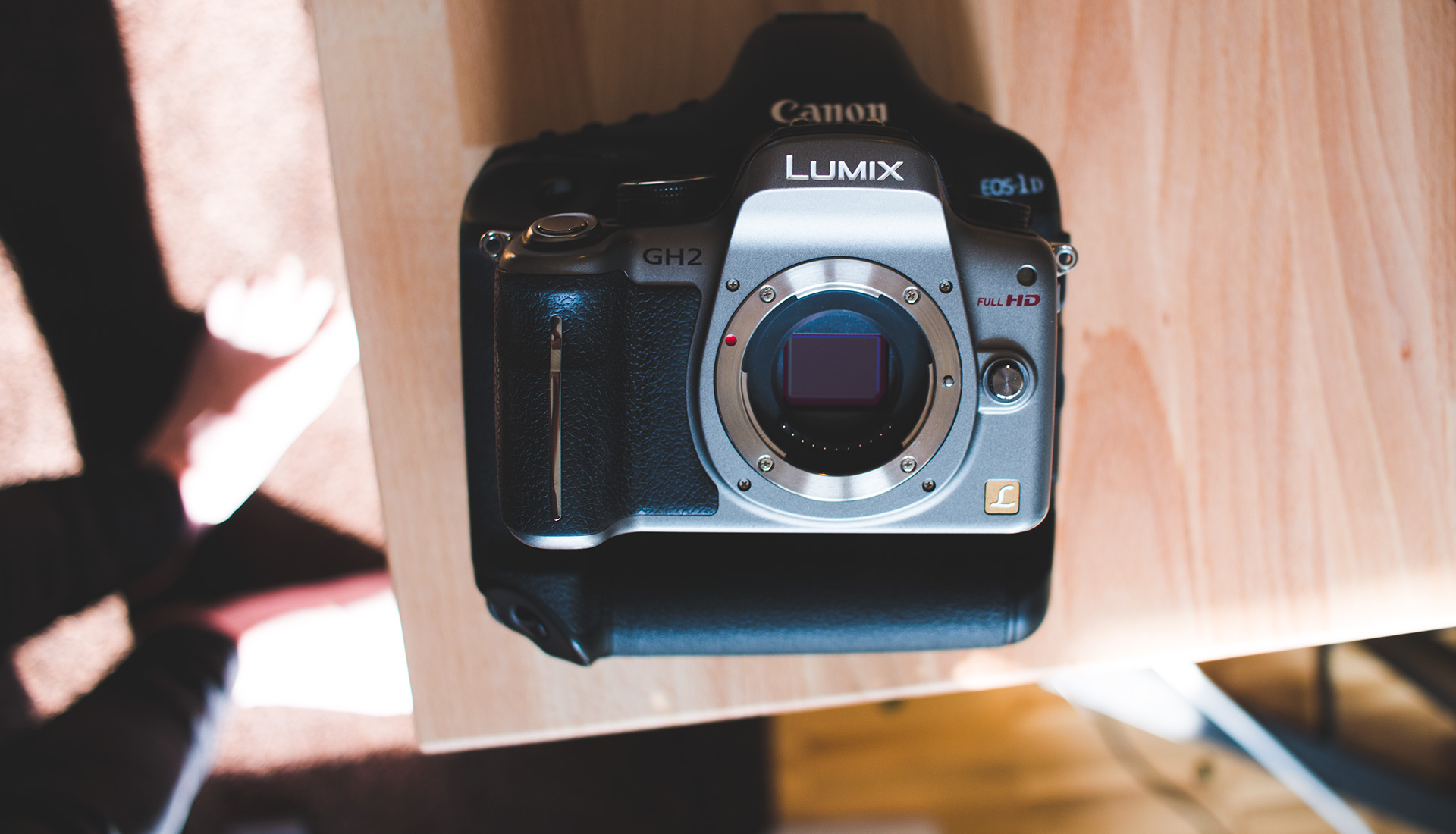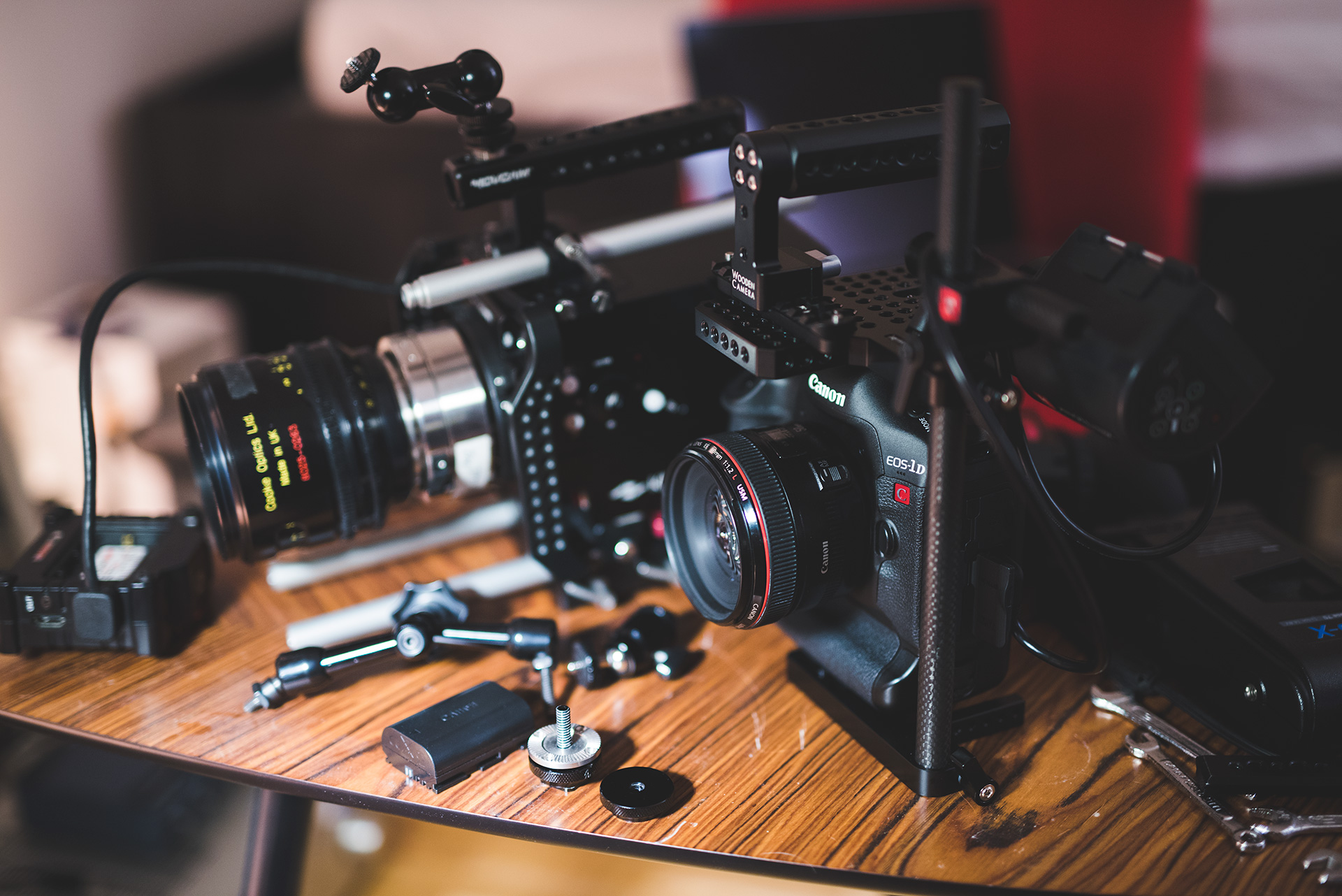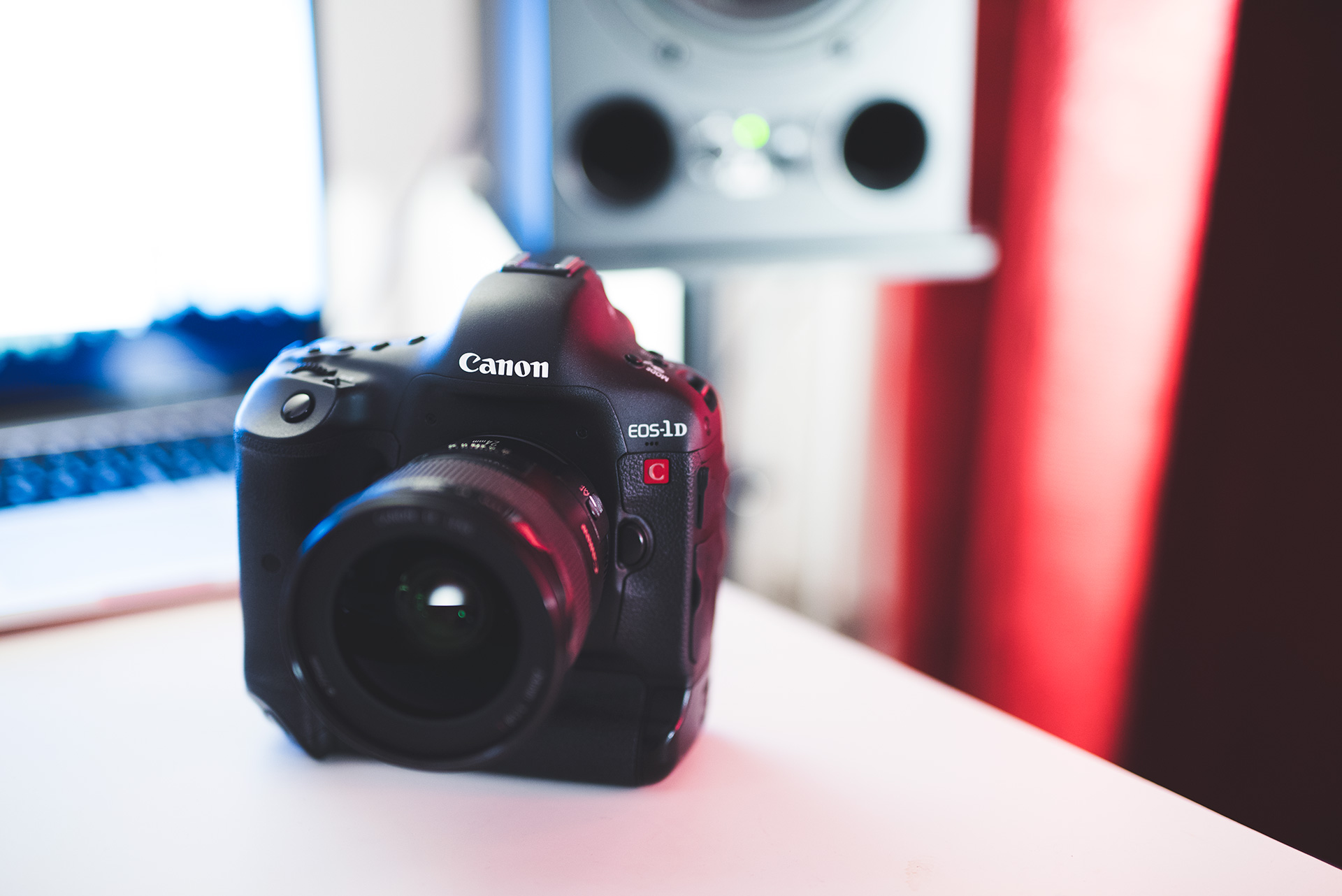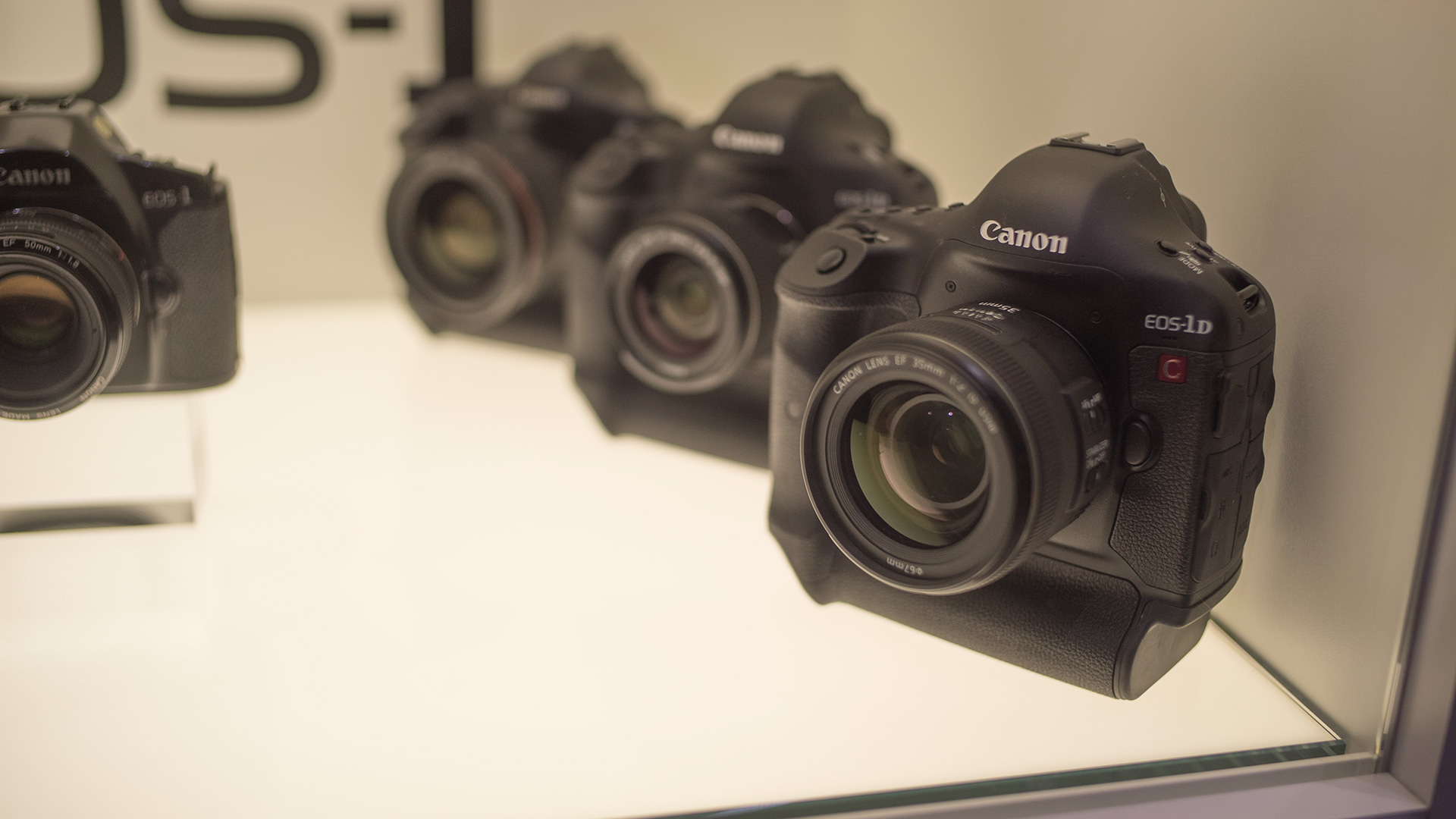
Those hoping for a follow up to 2012’s Canon 1D C may want to curb their enthusiasm.
A received this email from a film industry contact today:
“Canon launched [the 1D C]in November 2012, mine arrived in May 2013 and the camera was officially EOL’d in August 2013.”
“From the horse’s mouth (Canon). I have no idea why, nor did [redacted](or not that they were prepared to share).”
“Most frustratingly, because it was EOL, the camera never got the big AF upgrade that came with firmware 2.0”
I think Canon owe us an explanation on this.
Charging $15,000 for a camera they considered ‘dead’ after just a few months?
It’s just not ethical.
My source’s observation that it never got the version 2.0 firmware for the base camera (1D X) gives a lot of credibility to his EOL’d August 2013 claims. This firmware came out in January 2014, by which point the 1D C was allegedly EOL. If Canon saw a future for this camera they would have given it the same improvements as the 1D X.
Secondly, it’s likely poor sales that killed the camera combined with the success of the C300. The short shelf-life of the 1D C has everything to do with the pricing though – not the concept. A $15,000 price tag on a DSLR suspiciously closely resembling the already existing $6000 1D X with the bare minimum of ergonomic changes to accommodate video?! Pros didn’t buy that idea in the slightest.
At a time when Sony & Panasonic didn’t yet have 4K mirrorless cameras, the 1D C didn’t have any competition. The pricing was still brazen.
Today, the 1D C is not even manufactured.
It’s certainly true Canon didn’t support it well enough straight after release either… 1D C users continuously asked for basic video features like peaking and never got anywhere!
Canon seem to be really out of the DSLR video market. A conscious decision.
The lacklustre 5D Mk IV was almost a suicide, not quite. Nobody is talking about it much though.
Penny wise, pound foolish
The 1D C line could have bolstered the dominance of Canon in professional video market and been one of their flagship DSLRs for video shooters. A chance to put all sorts of great technology in a small full frame body – full frame 4K, hybrid OLED viewfinder, yes, even focus peaking!
If the sales weren’t good enough and the market for the camera too small, that’s one thing – and penny wise to kill the camera entirely – but the pound foolish thing in my view is the chipping away the foundations of their C100/C300 line.
Canon continue to ignore the market their Cinema EOS line was built from
This behaviour will eventually undermine the professional Cinema EOS camcorders.
It probably is doing already.
Canon’s earlier success in the DSLR video market was the foundation of the Cinema EOS business – the lenses, the users, the brand’s reputation all came from the high-end DSLR line, not the small chip camcorders.
If I were Canon, I’d continue to hold DSLR video in high esteem and provide for the niche, because it’s the gateway most users have to the Cinema EOS market.
Does Canon want to accidentally undermine their C300 sales? Because that is where they are going with all this… Pros need B-cameras and smaller, cheaper units in the Canon ecosystem to do their job, all with Canon LOG and large sensors to accompany the larger cameras. Don’t give us an XC10 instead, it’s not the answer. The camera needs to be able to shoot full frame raw stills, use EF lenses and be great in low light. Also not the answer is sticking with MJPEG for 4K on a camera as powerful as the 1D X II! Idiotic!
When the 1D X Mark II was released last year, a number of Canon people claimed it would replace the 1D C entirely, which is another baffling example of wonky Canon logic – it lacks even the most basic features like Canon LOG that filmmakers need from it. The far inferior 5D Mark IV on the other-hand…
Canon did continue to sell the 1D C after August 2013 of course, but a camera can be considered EOL and continue to get sold. That’s normal. It took a long time to clear the stock and in that time the used value of the camera took a hammering like I’ve never seen before. Personally I find the convergence of the ultimate stills body with an extremely cinematic 4K filmmaking camera very appealing. It’s just a shame Canon doesn’t.
Sony pro cameras are taking a lead
Two companies that do see the value in convergence is Sony and Panasonic.
Their strategy isn’t to hold back video on stills camera for their own amusement.
Sony’s full frame mirrorless cameras are regularly used to compliment an FS5 or FS7 setup and they have grabbed the lion’s share of the rest of us shooting video away from Canon, as has Panasonic with the GH series.
With these video features on stills cameras, has it really hurt sales to photographers who don’t care about video? No. Has it turned most of Canon’s video users onto Sony’s ecosystem? Yes. Has it focussed attention on the higher-end Sony cinema cameras? 100% yes.
Look at the huge rental market for the FS5 and FS7 for one thing.
It it wasn’t for the massive halo effect of Canon DSLRs, the Canon C100 and C300 would never have been as popular.




